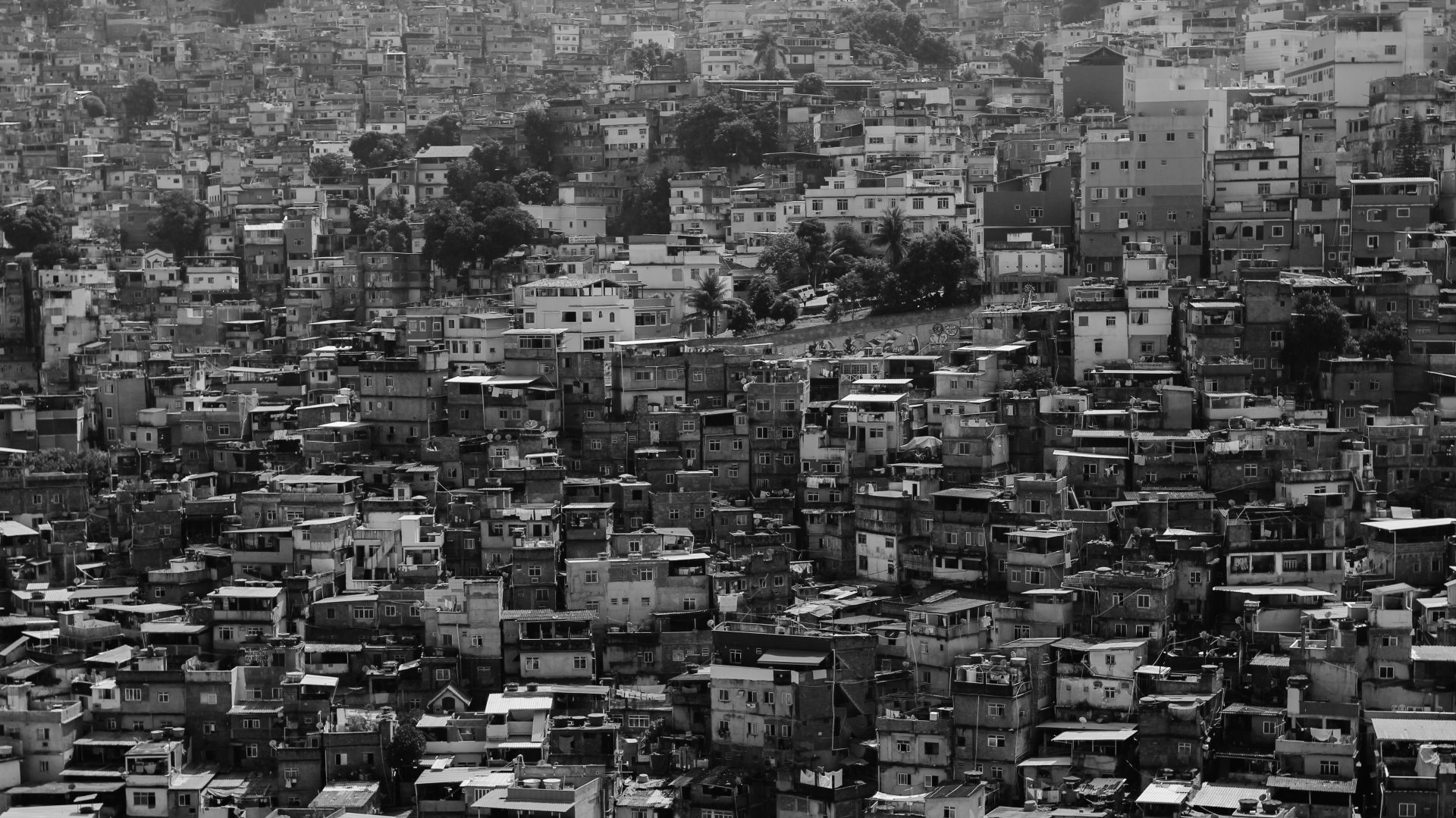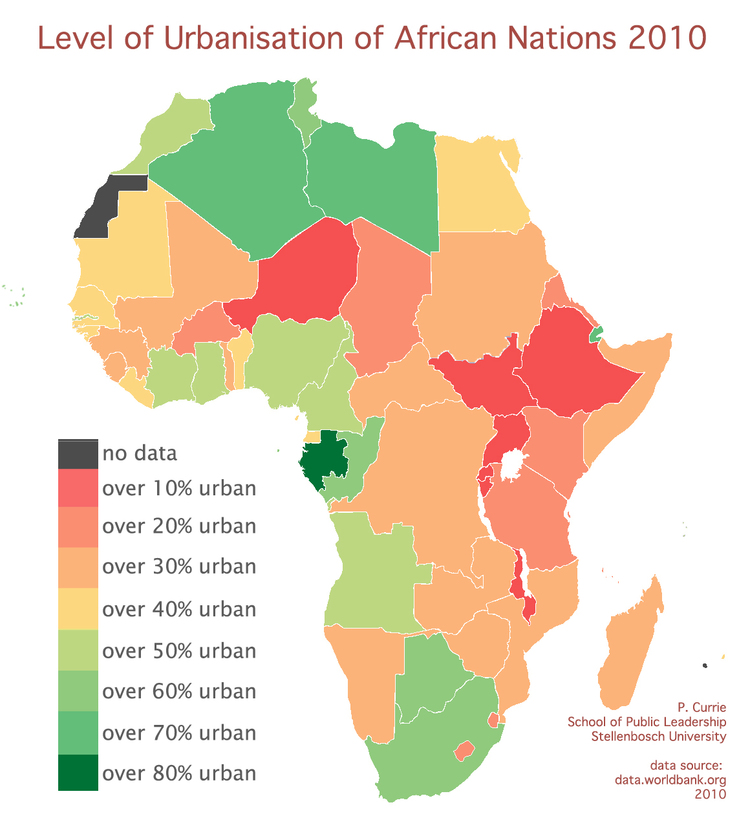By Paul Currie, Making of Cities.
I wander through cities and hear them humming around me. They are creatures, machines, fixtures, breathers, parts and pieces, relationships, conduits, conductors, caretakers and crushers. Each city has its own sounds and its own energies that draw my attention and set the rhythm of my feet. Paul Currie, a recent graduate of the Master’s in Sustainable Development at Stellenbosch University and the Sustainability Institute, questions whether cities follow similar processes, even if the unique vibes in different cities is unquestionable.
Each city has systems for moving people around, for bringing food from afar, for delivering electricity to our light bulbs, water to our mouths, and data to our phones. These actions or processes can be understood as flows, simple or complex, interwoven, and present in the thousands. These flows of materials, energy, people and information form the metabolism of the city and are responsible for its existence. Unfortunately we do not have enough information about how these flows are conducted within cities, particularly in the global south, which means decisions about service delivery or sustainability are often made without data to prove their efficacy.
Studying urban metabolism allows us to visualise and explain the complexity of socio-technical and socio-ecological processes by which flows of materials, energy, people and information enter and shape the city, service the needs of its people, and impact the surrounding environment. More simply, it shows how the city functions, what type and quantity of resources it uses, and how heavily the city impacts its environment. To aid exploration of urban metabolism, some conceptualise cities as organisms, while others as ecosystems.
I prefer the suggestion that most contemporary cities behave as organisms, while the ideal city behaves as an ecosystem: An organism ingests food and water to power its body, to keep it living and thriving. Its wastes are then excreted, out of sight, out of mind. This is a typical modern city: resources come in, are used in processes of economic production (and hopefully human welfare), before the wastes are dumped in the surrounding environment. Cities tend to be located on key resources – most are on water and on fertile agricultural land. Of course there are those which defy a bioregional attitude and are placed on desert or on mineral wealth (Dubai, Las Vegas, Johannesburg). The wastes of cities have huge consequences for a city’s hinterland, undermining natural ecosystems or poisoning people downstream.
Read the full article www.makingofcities.org



